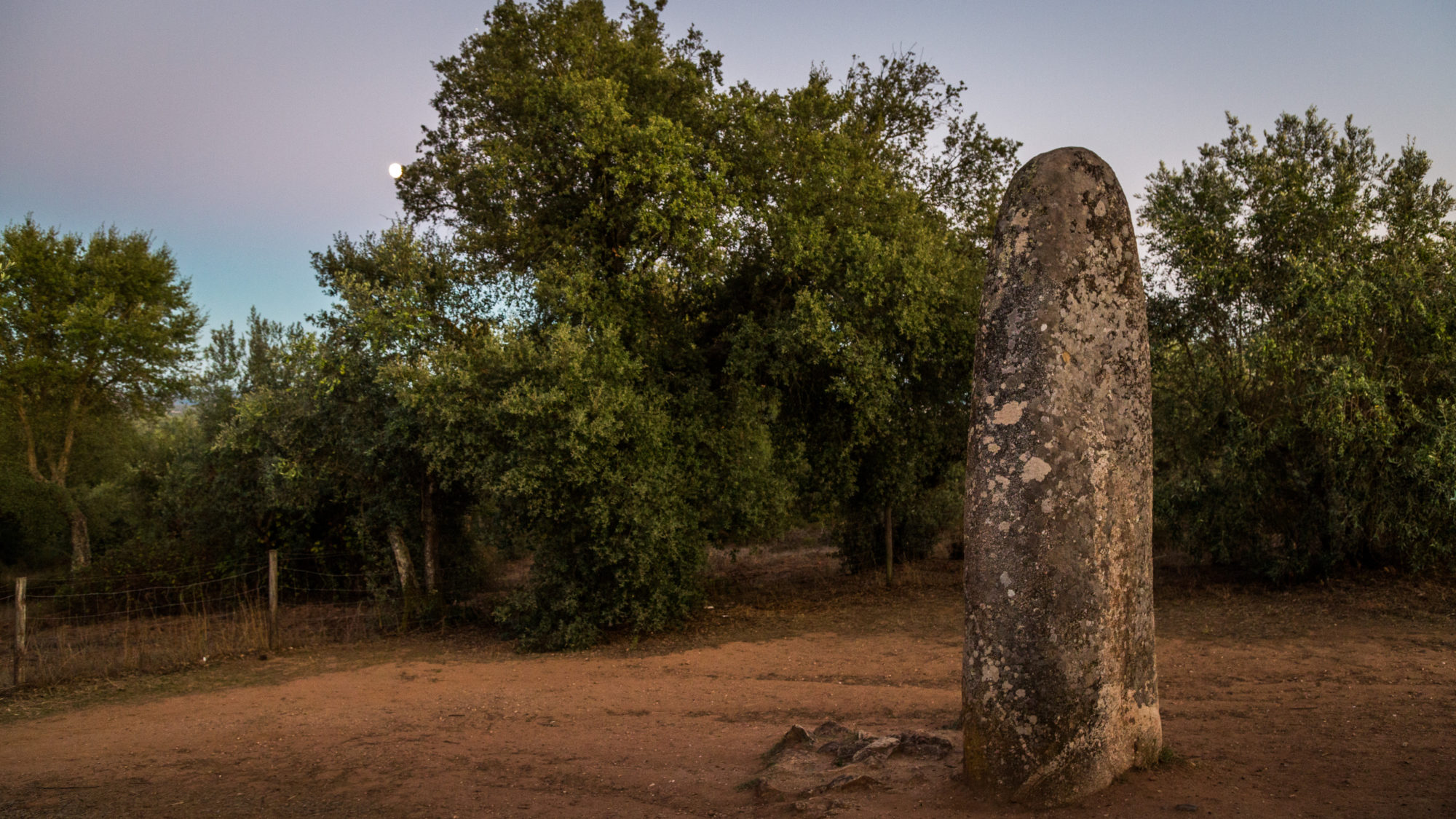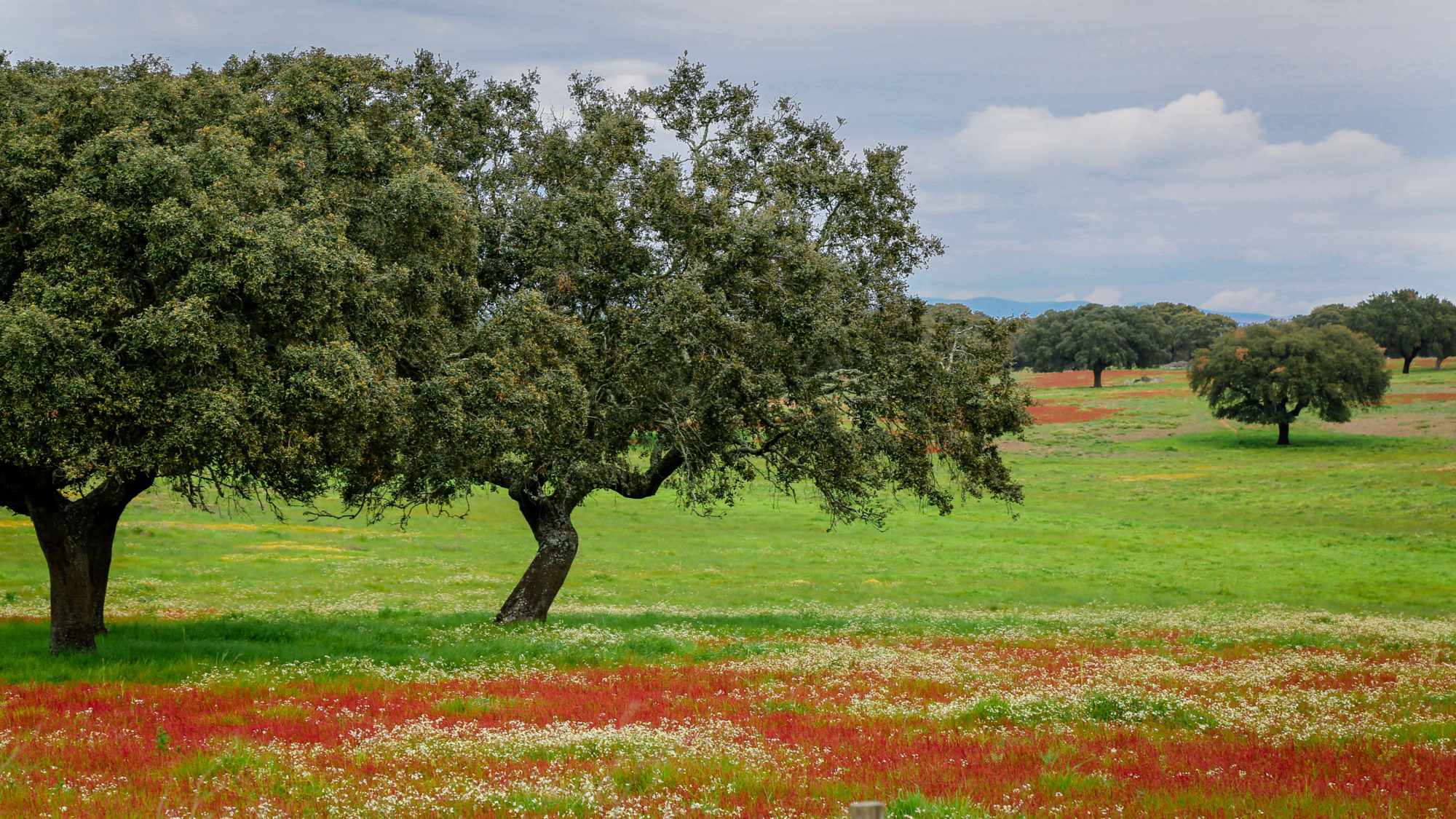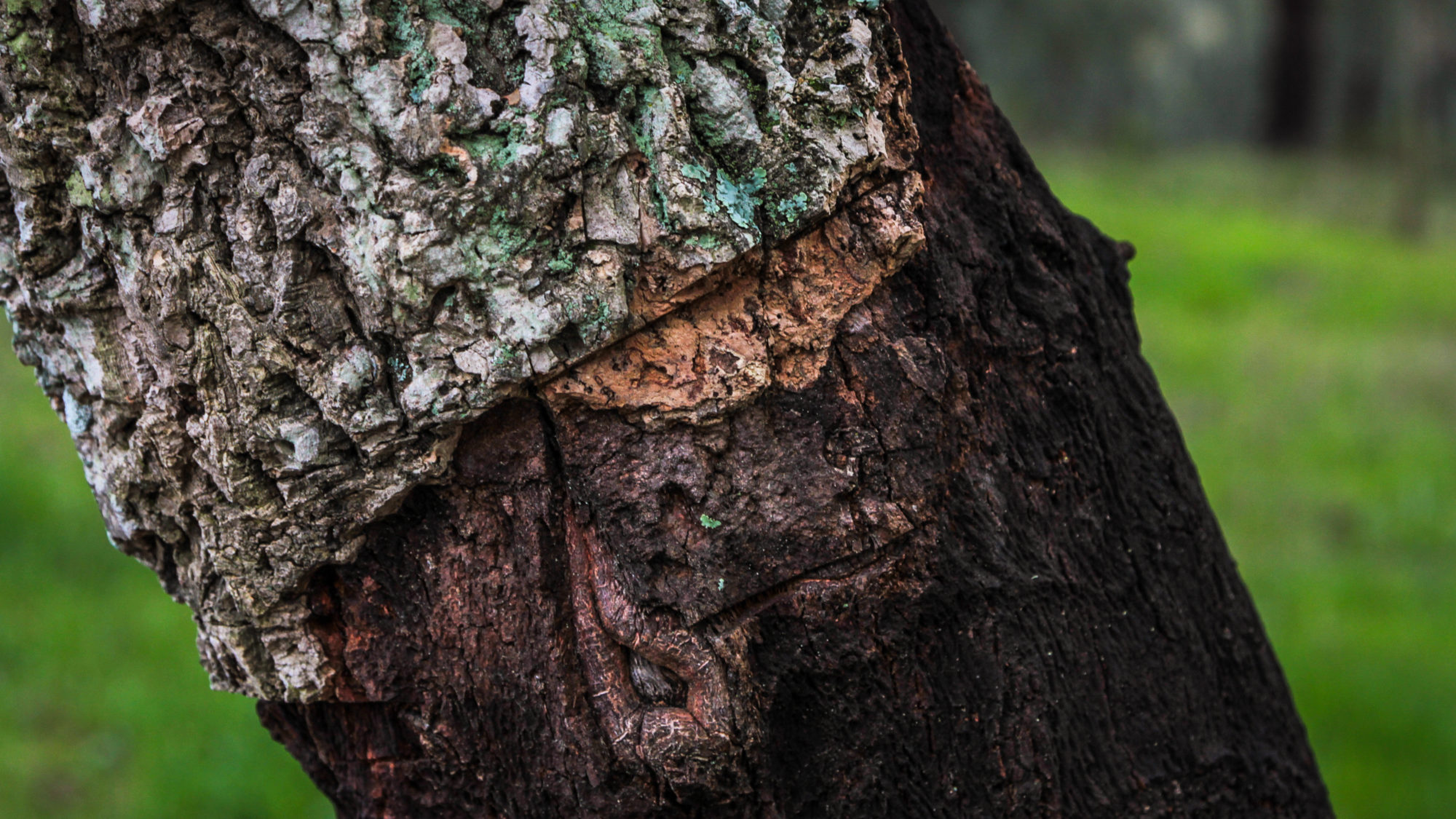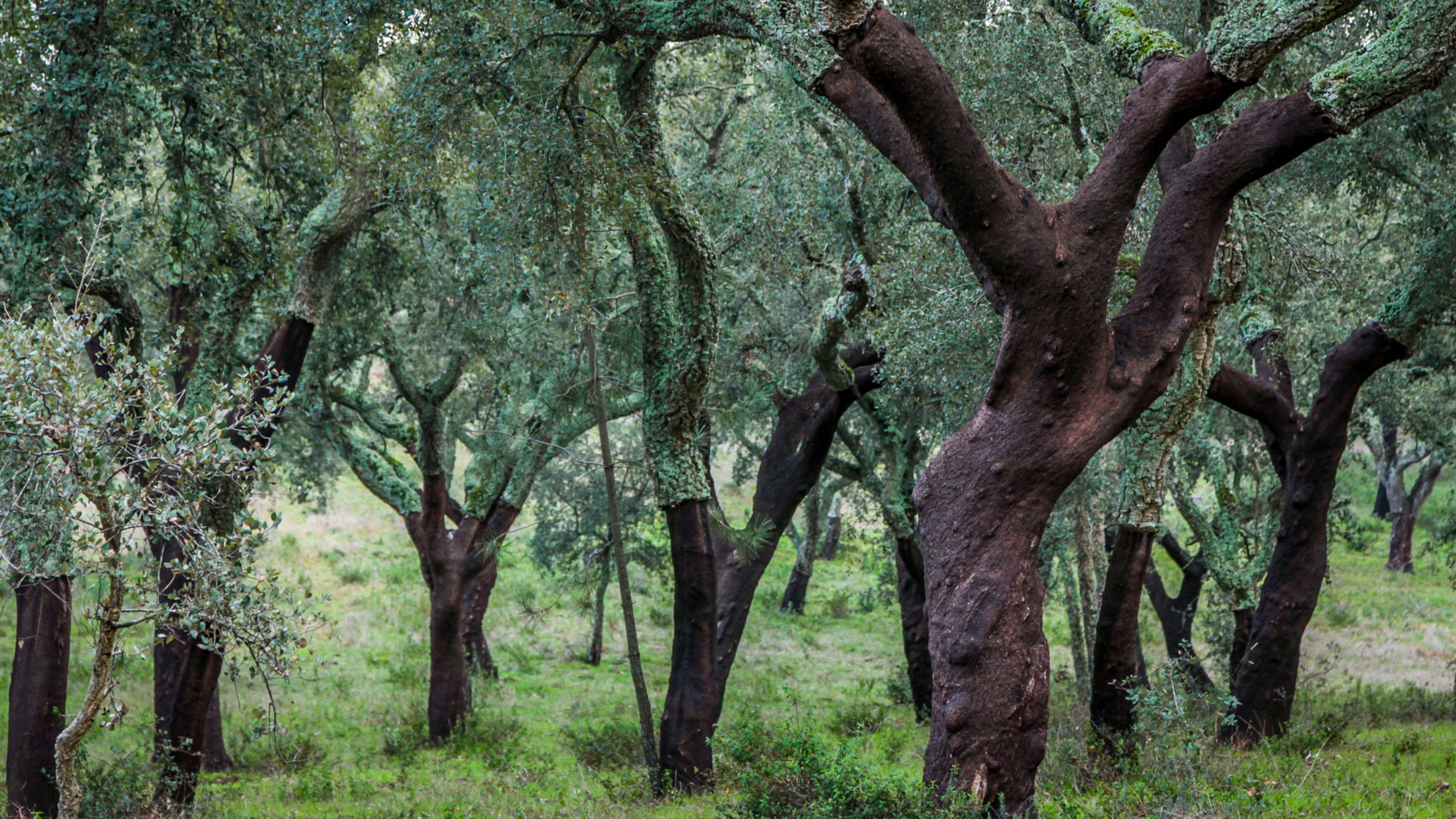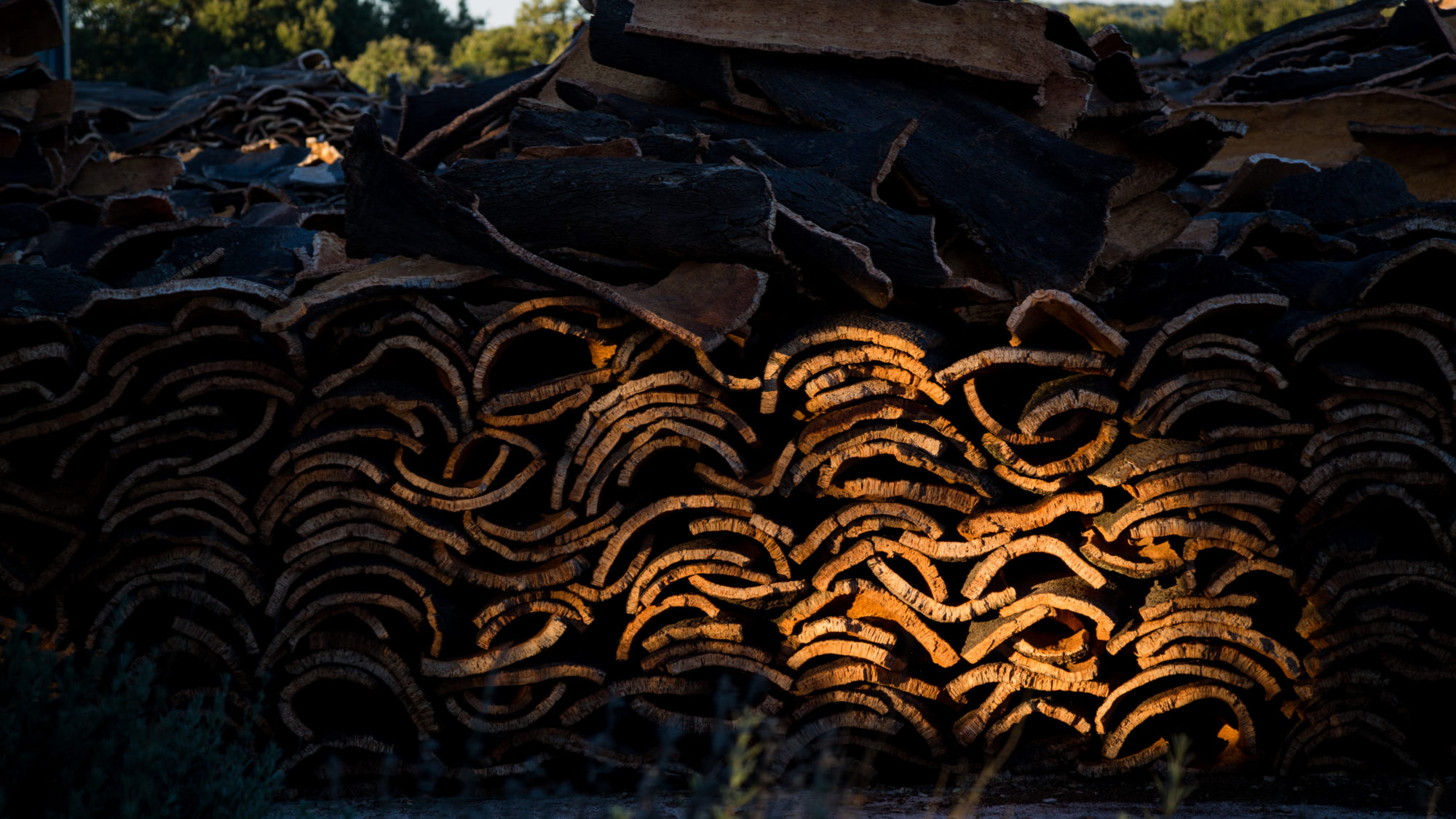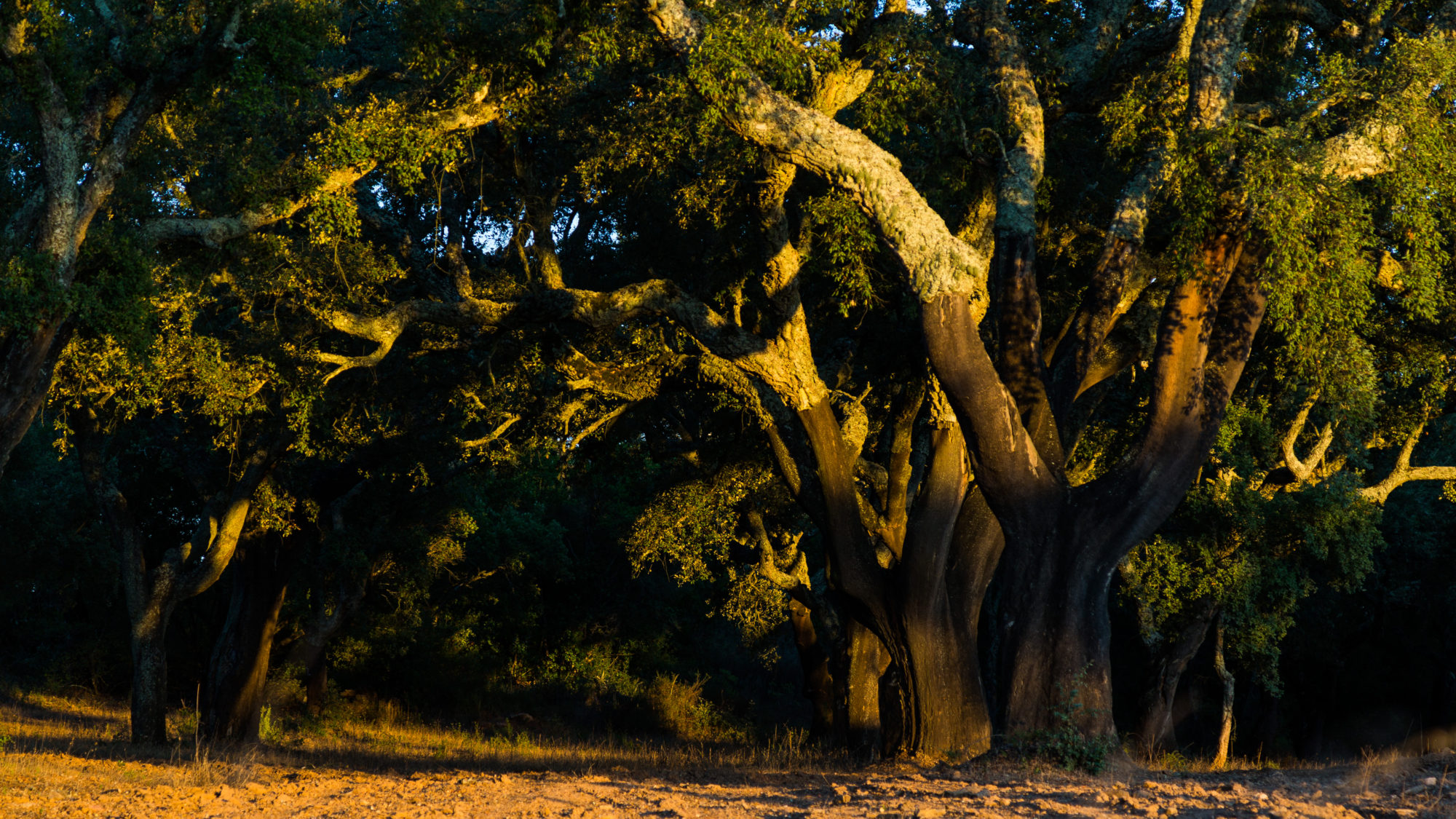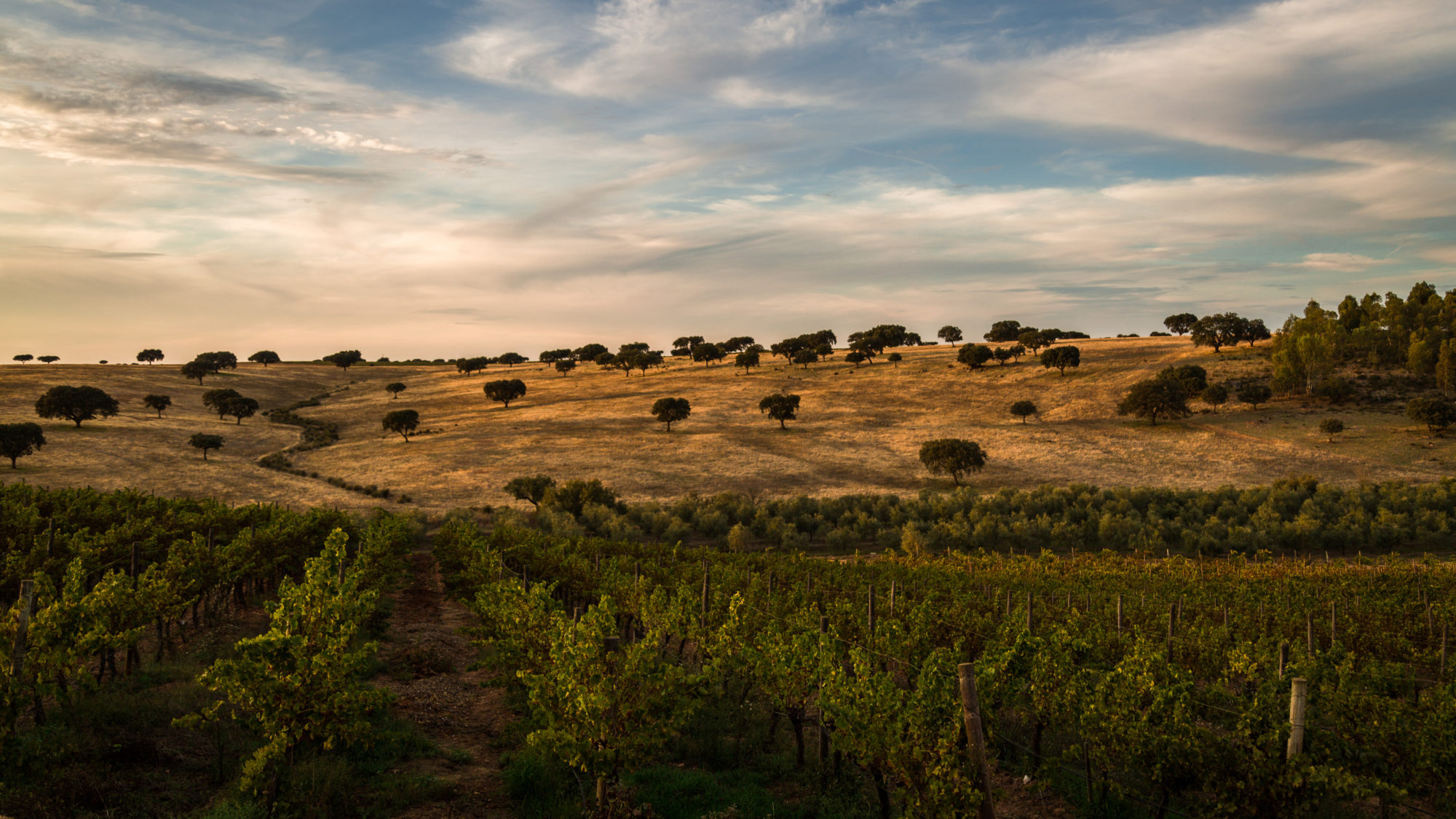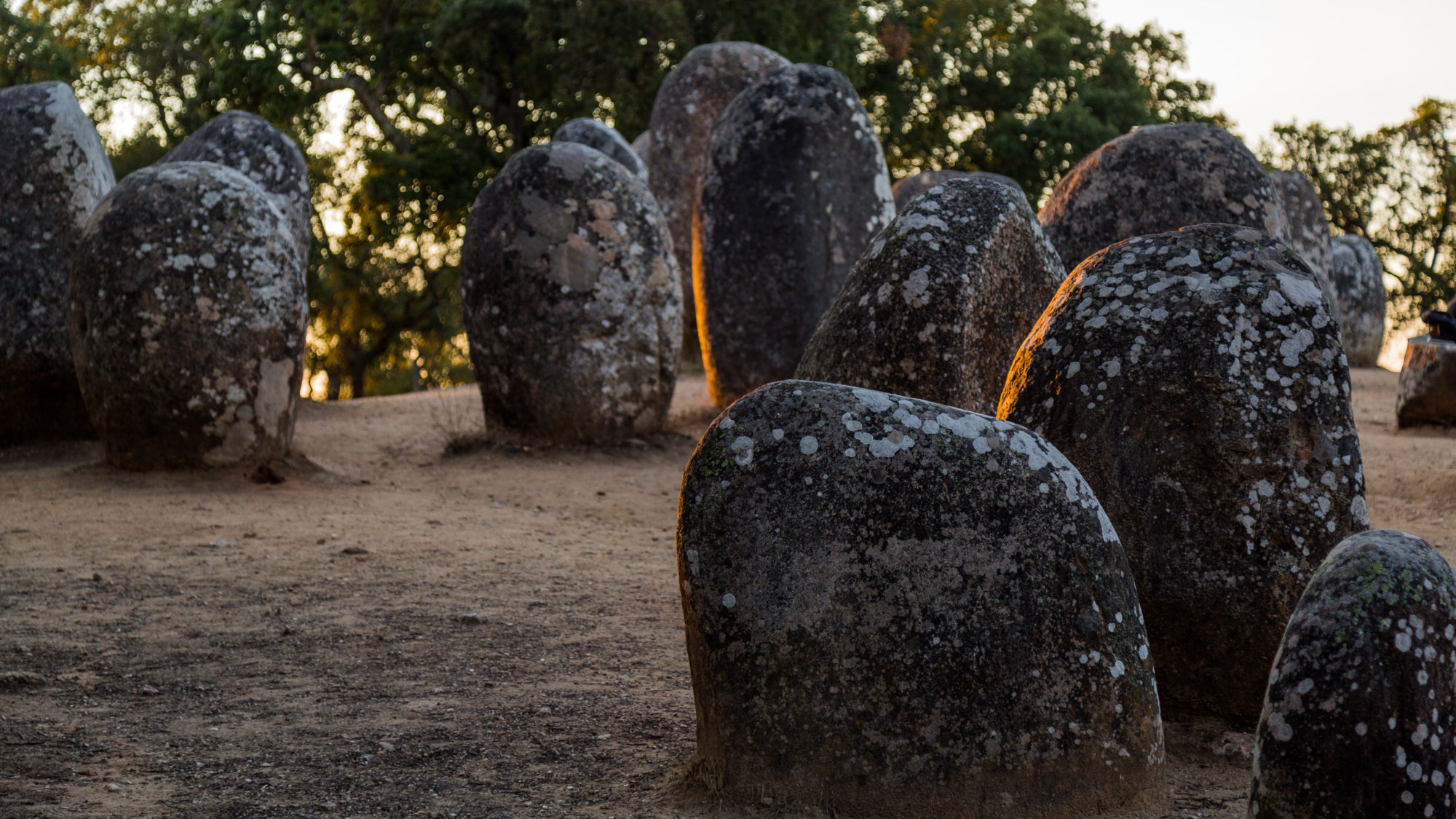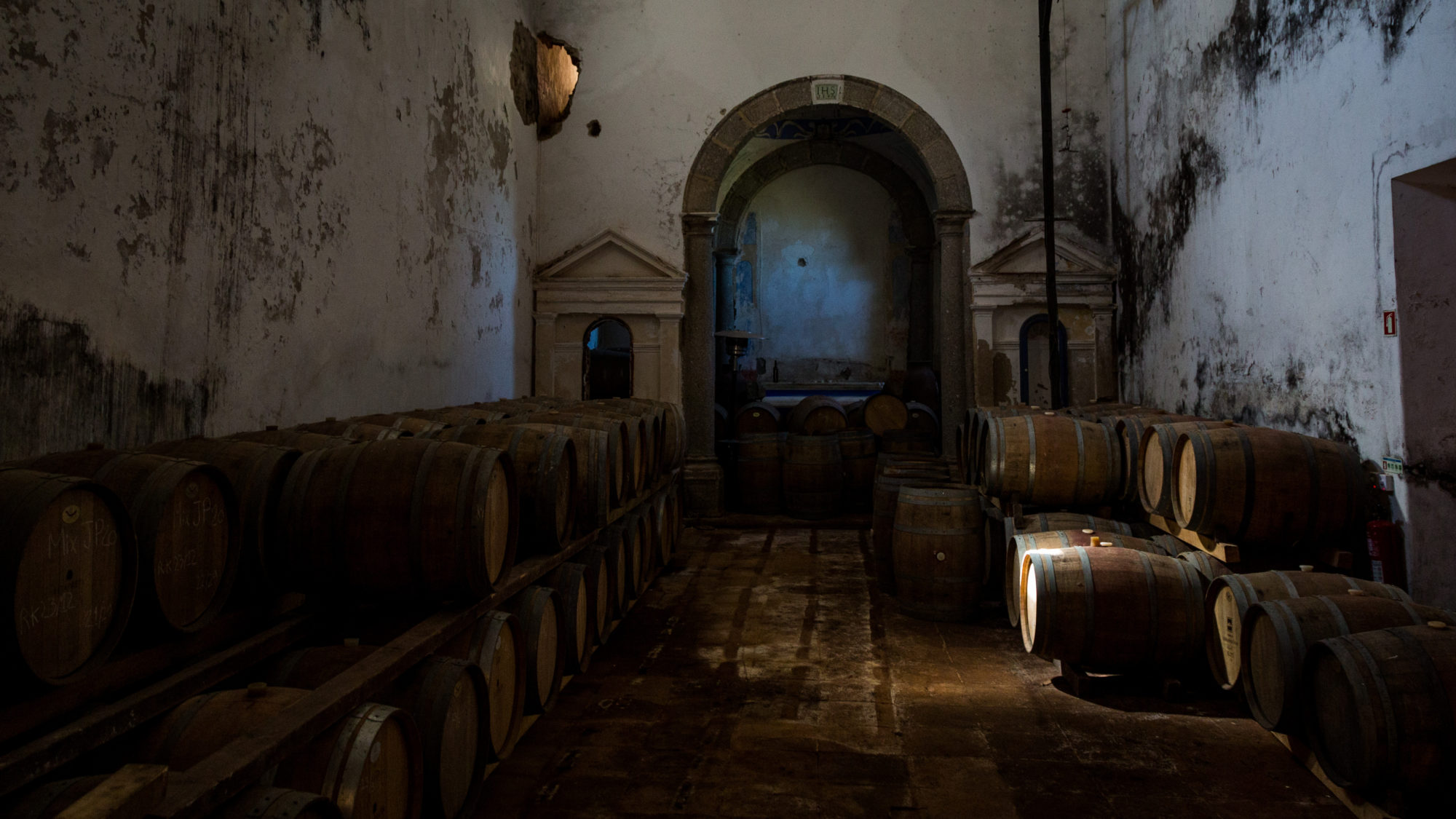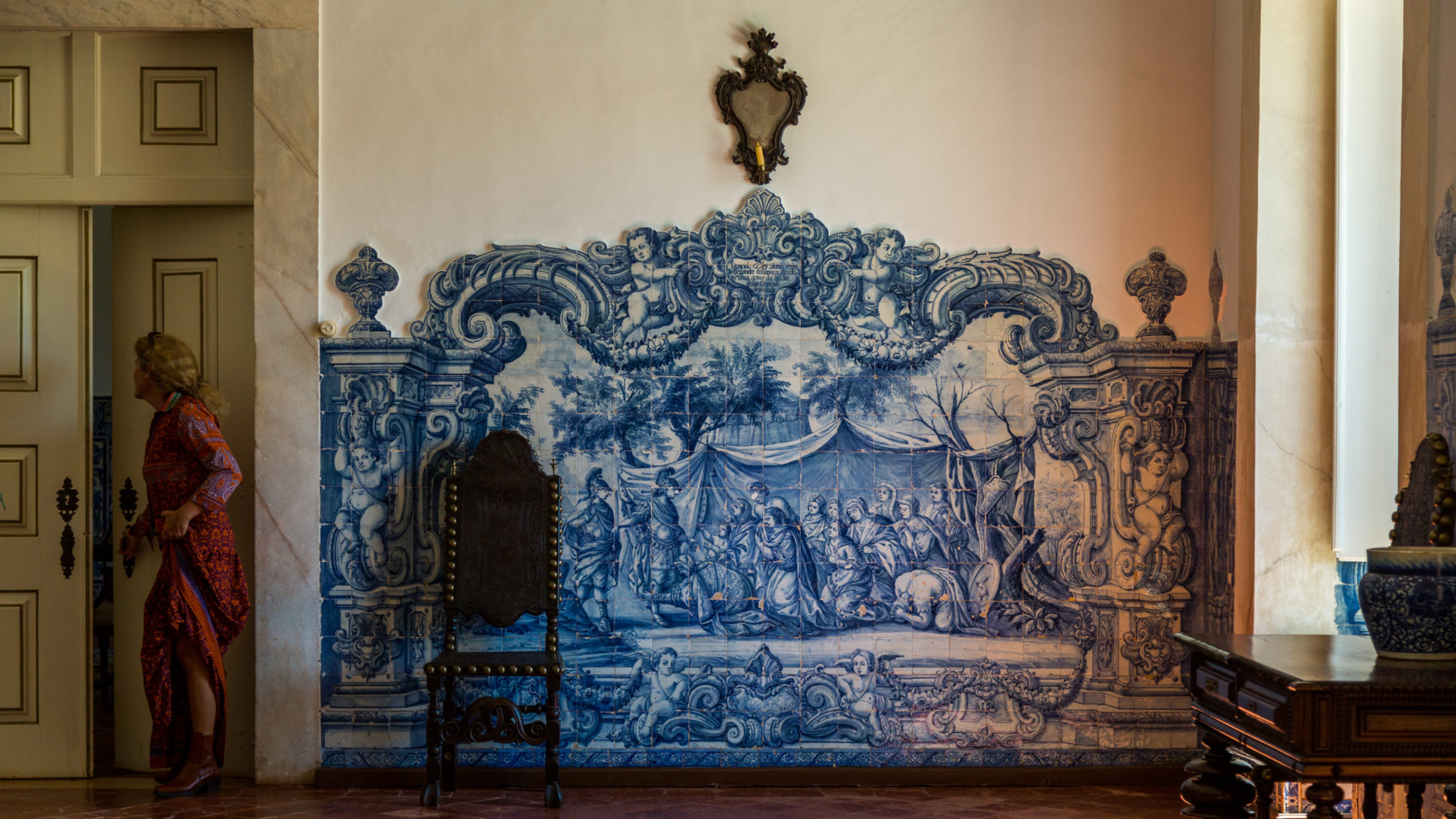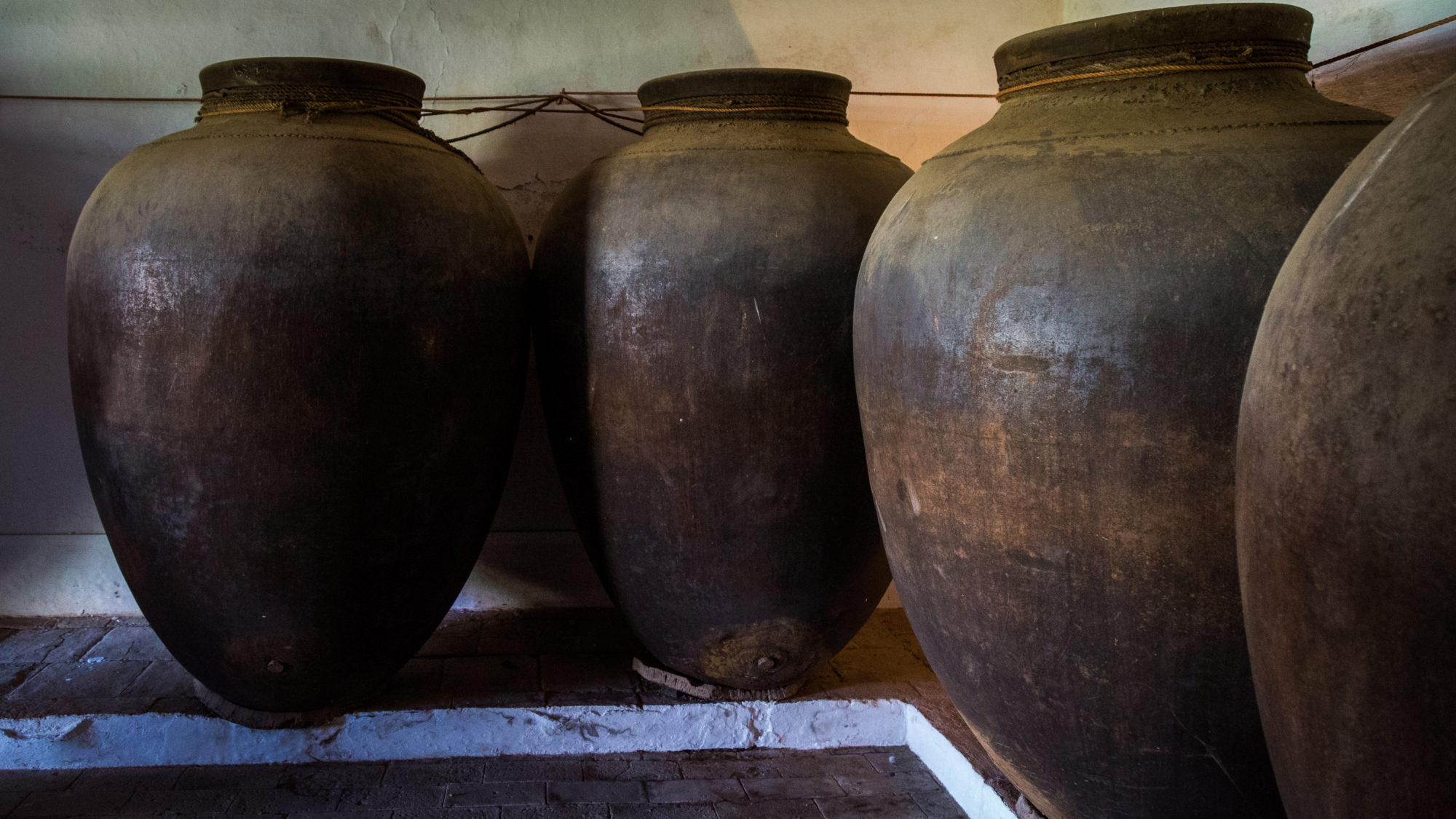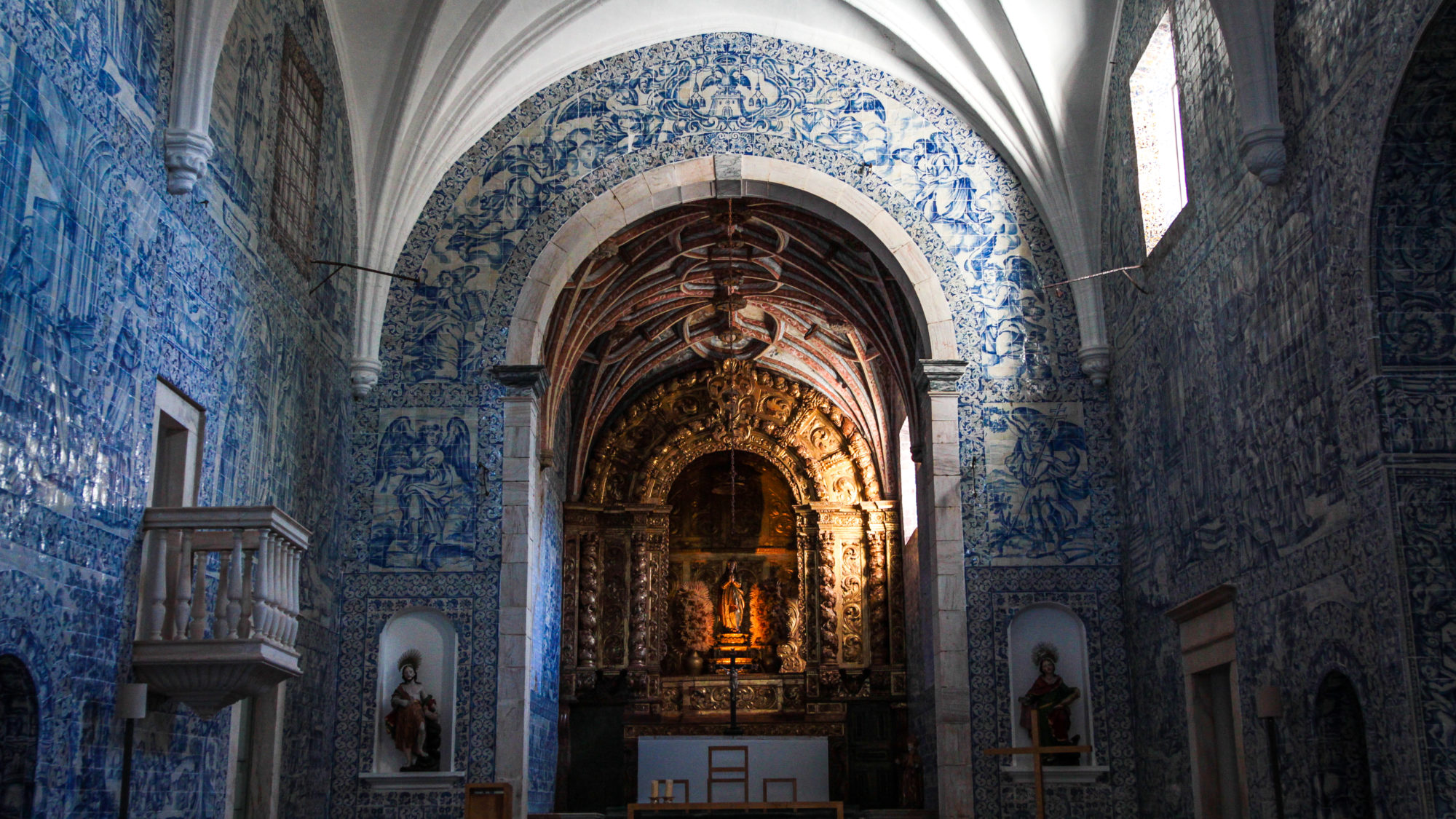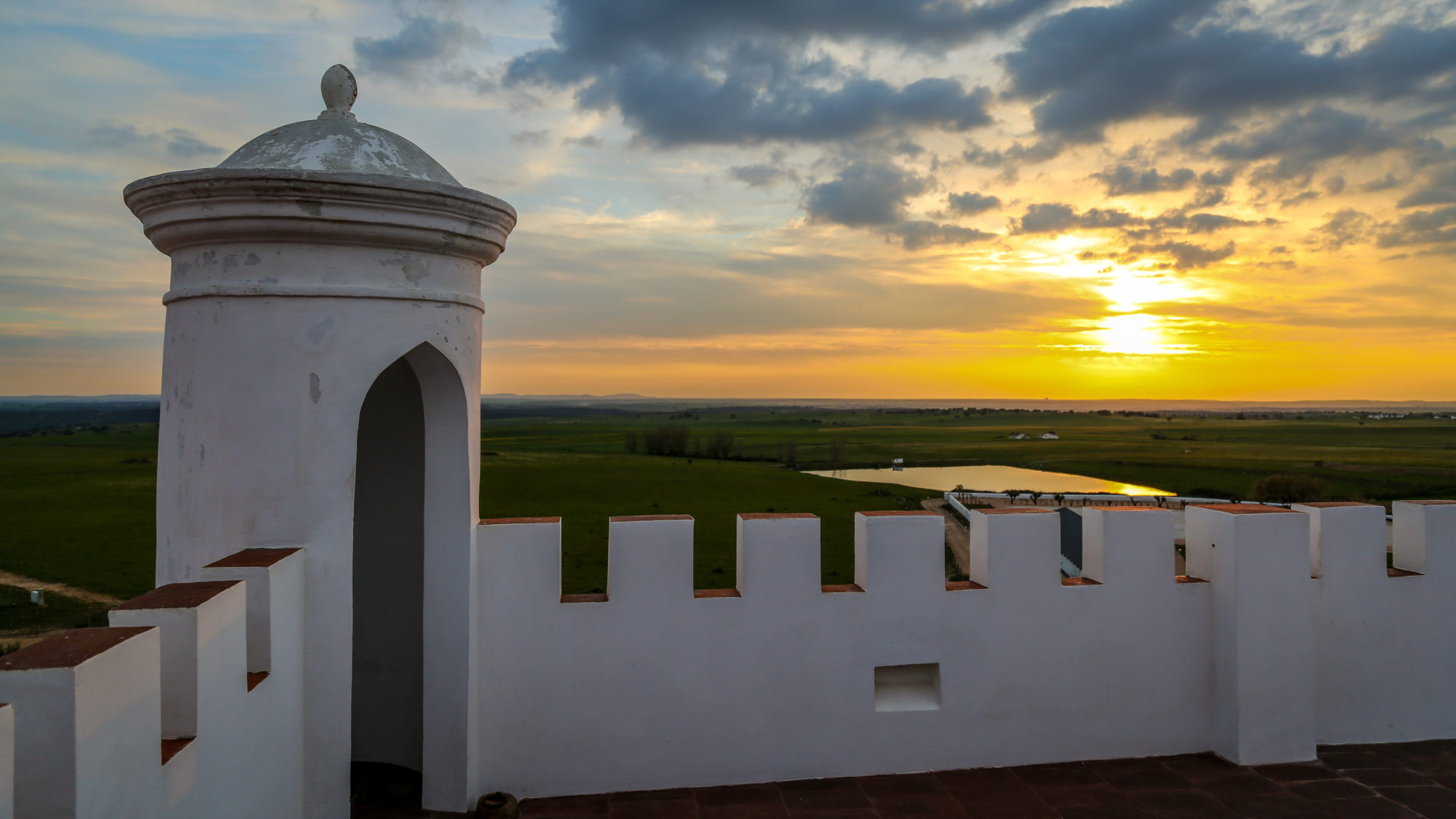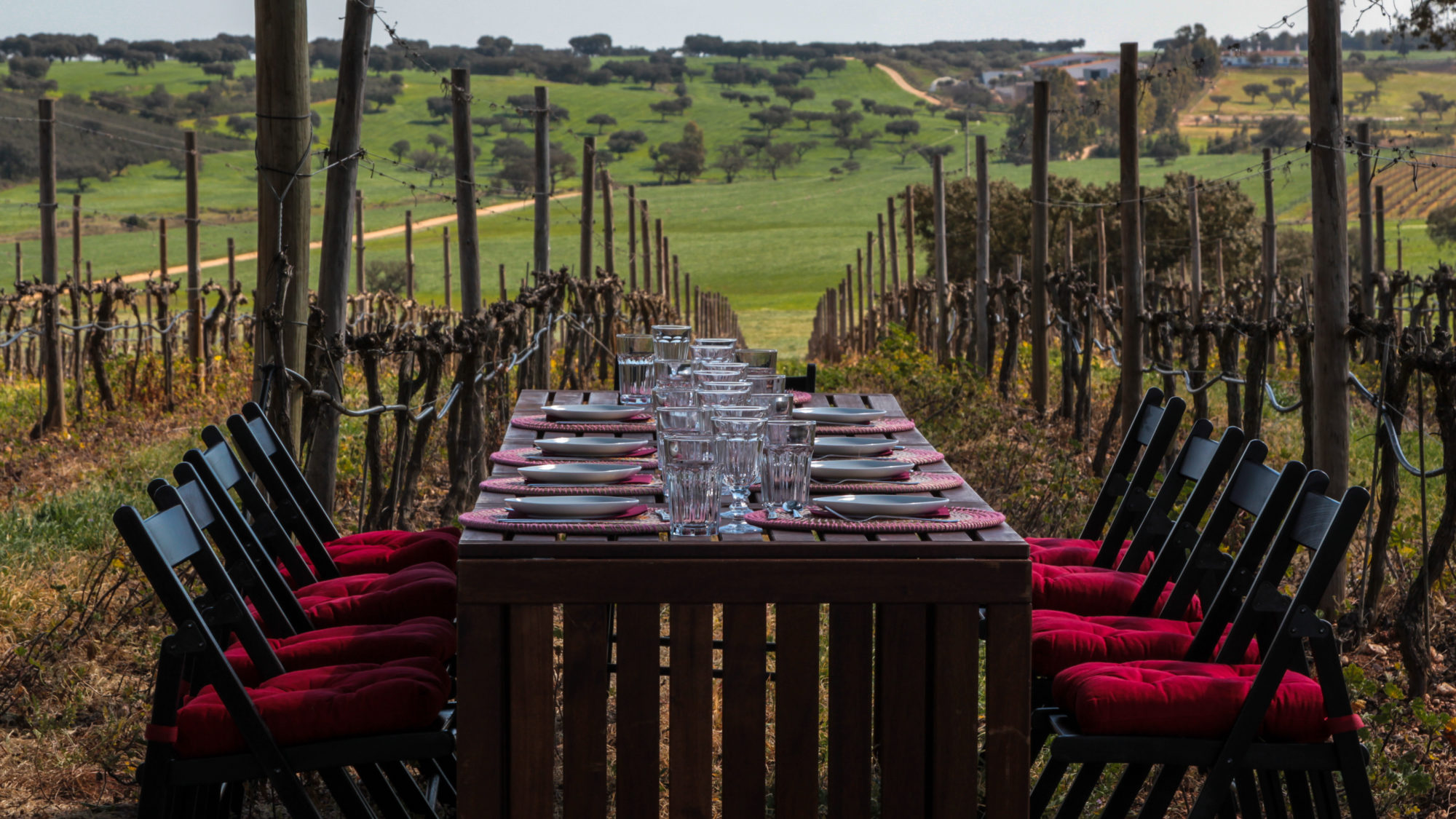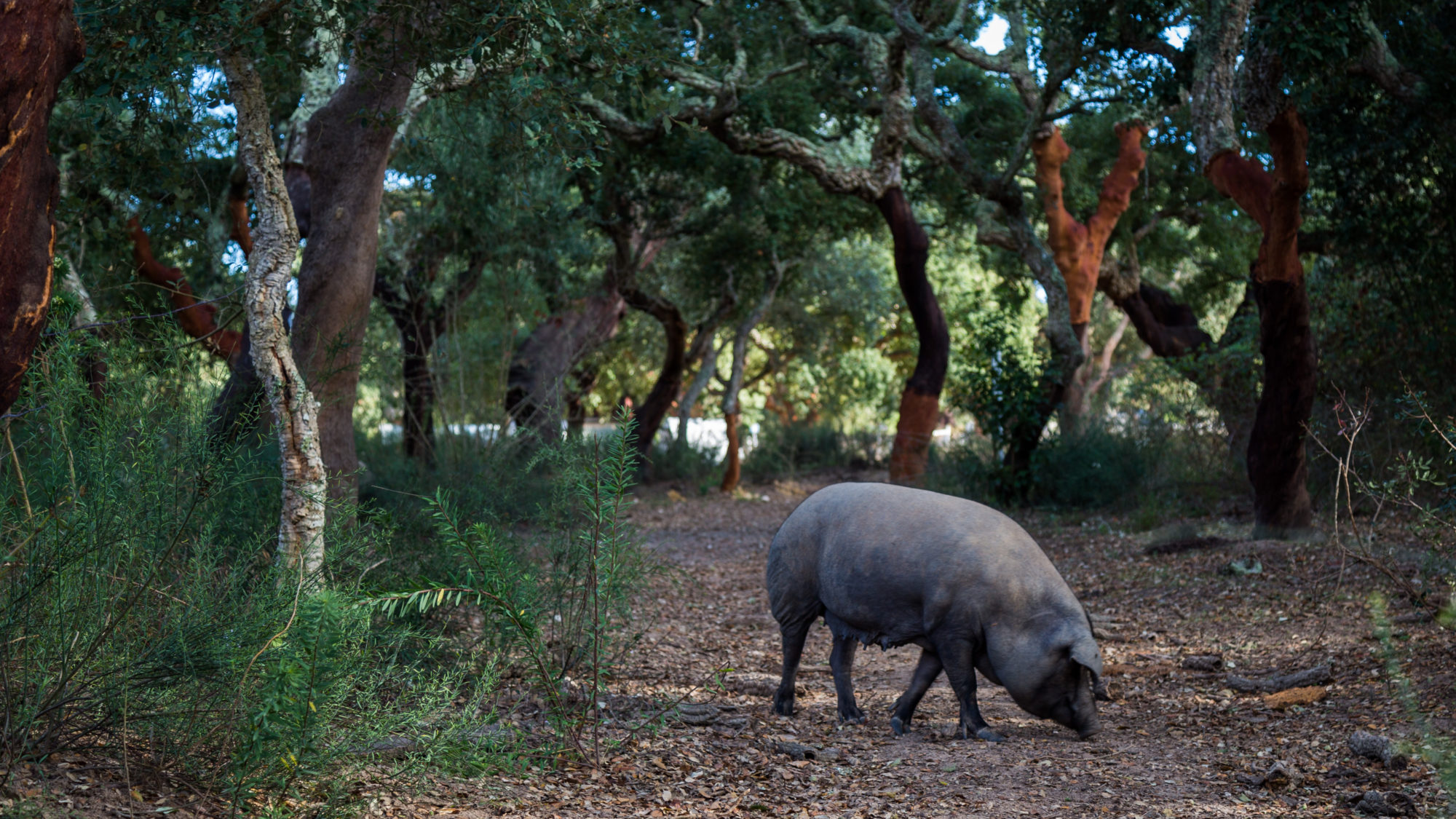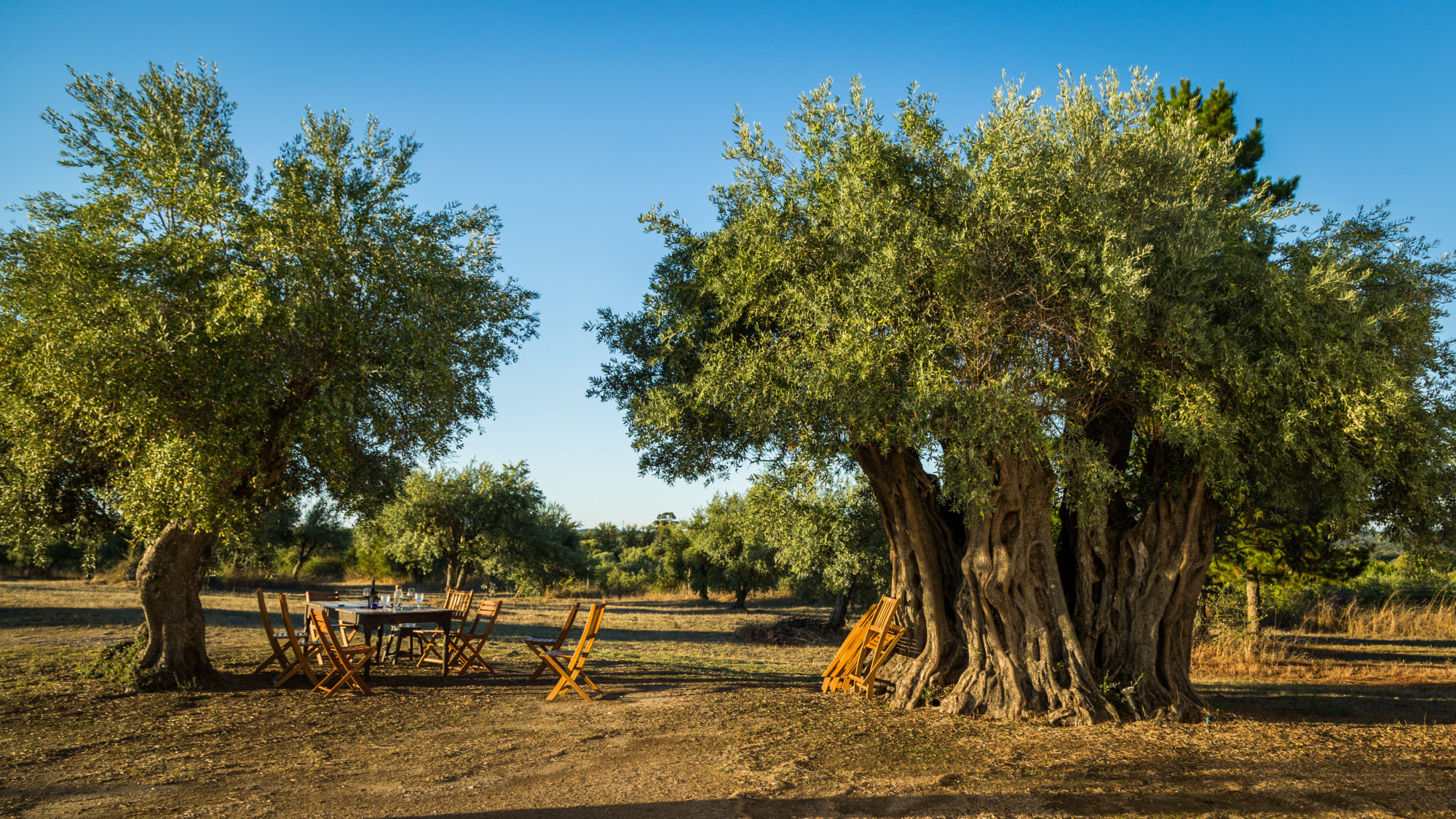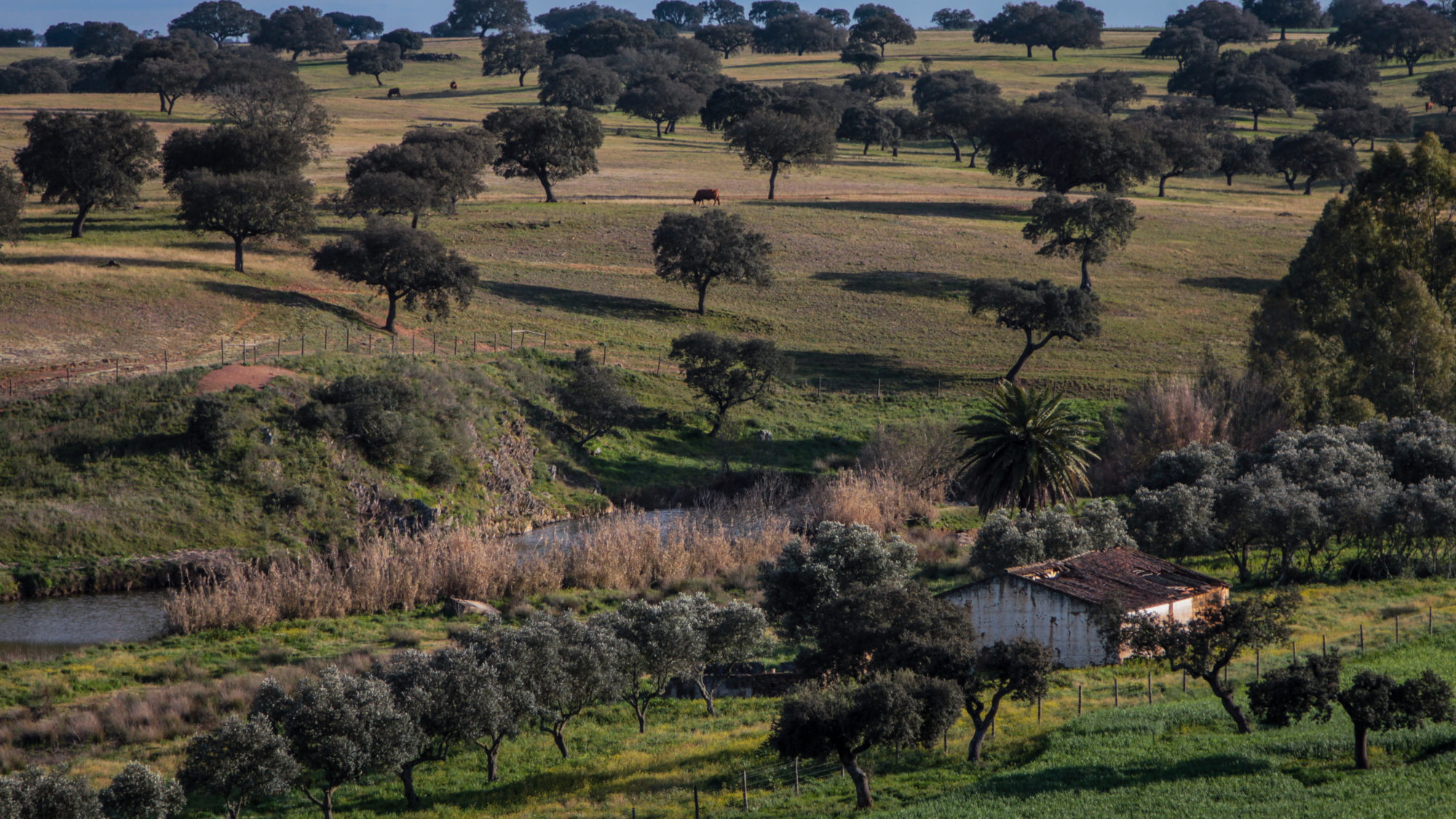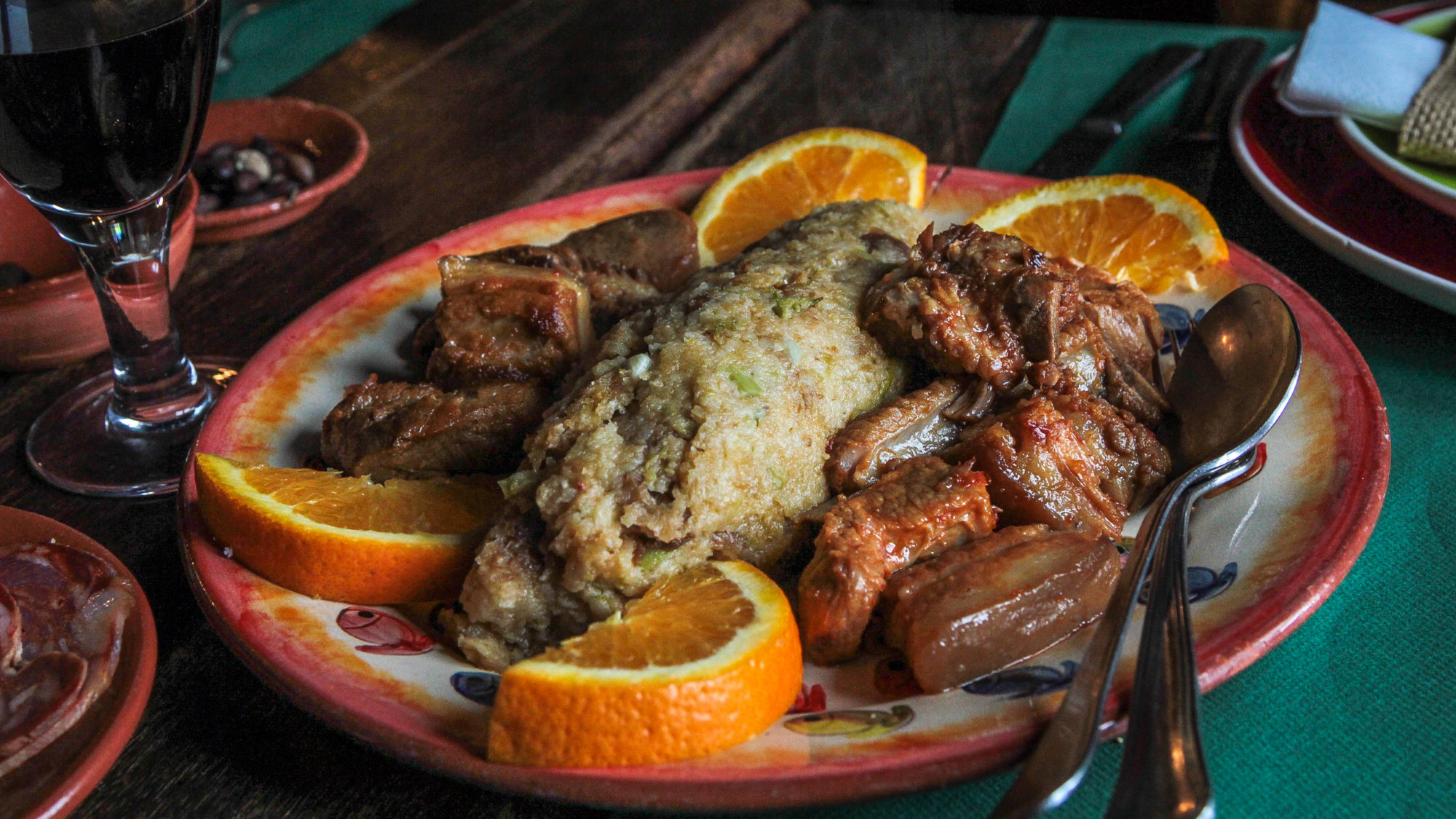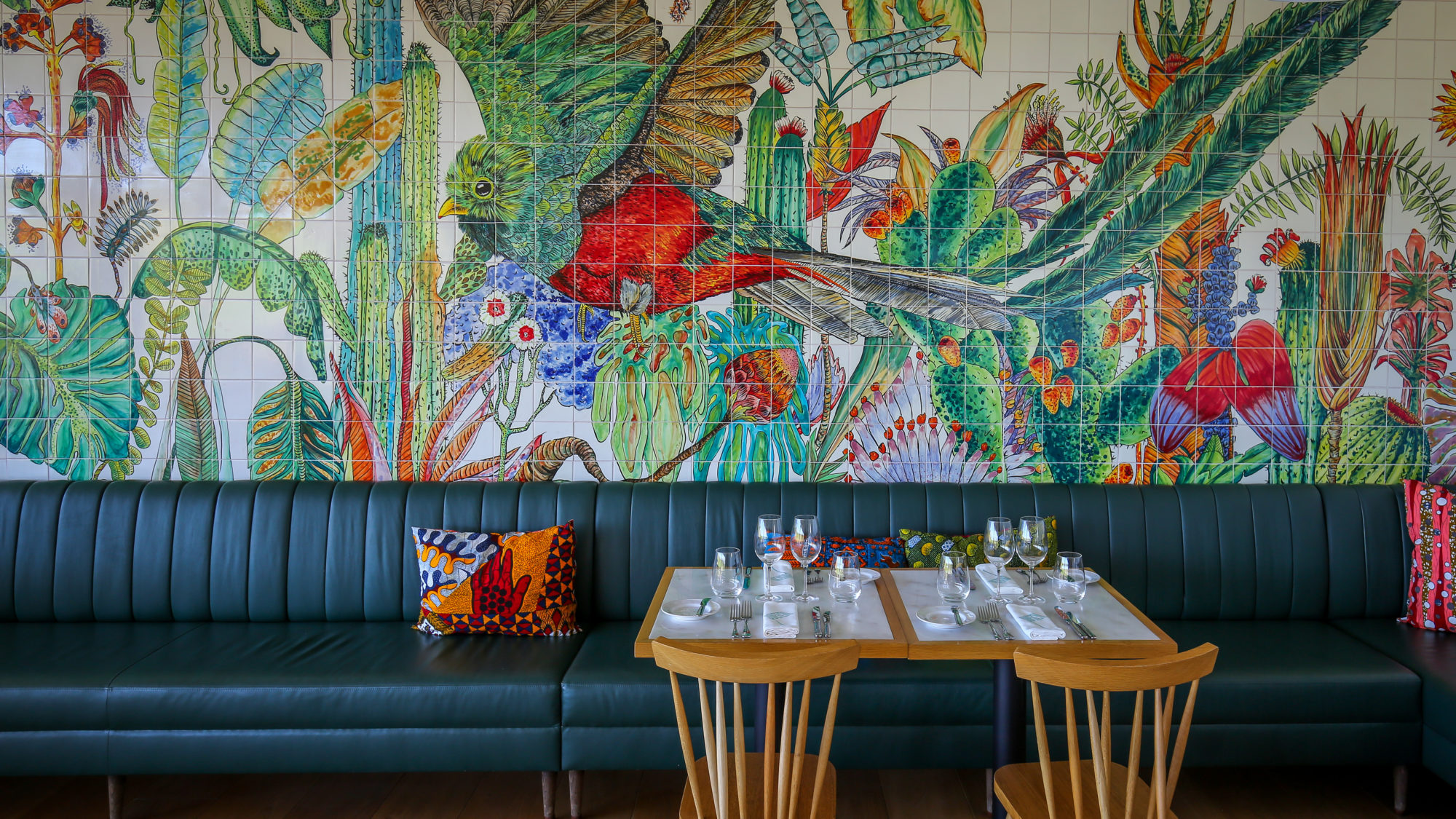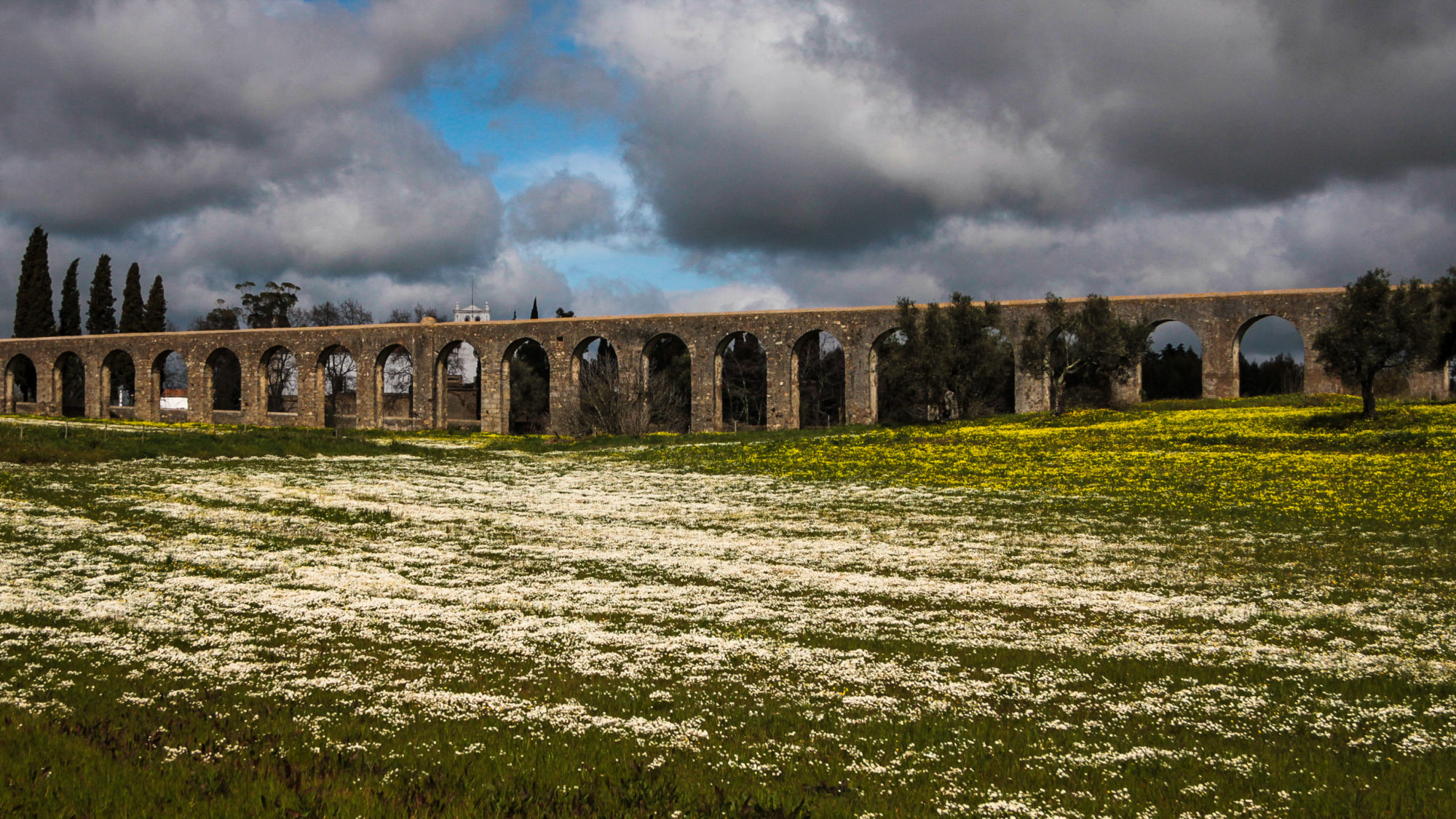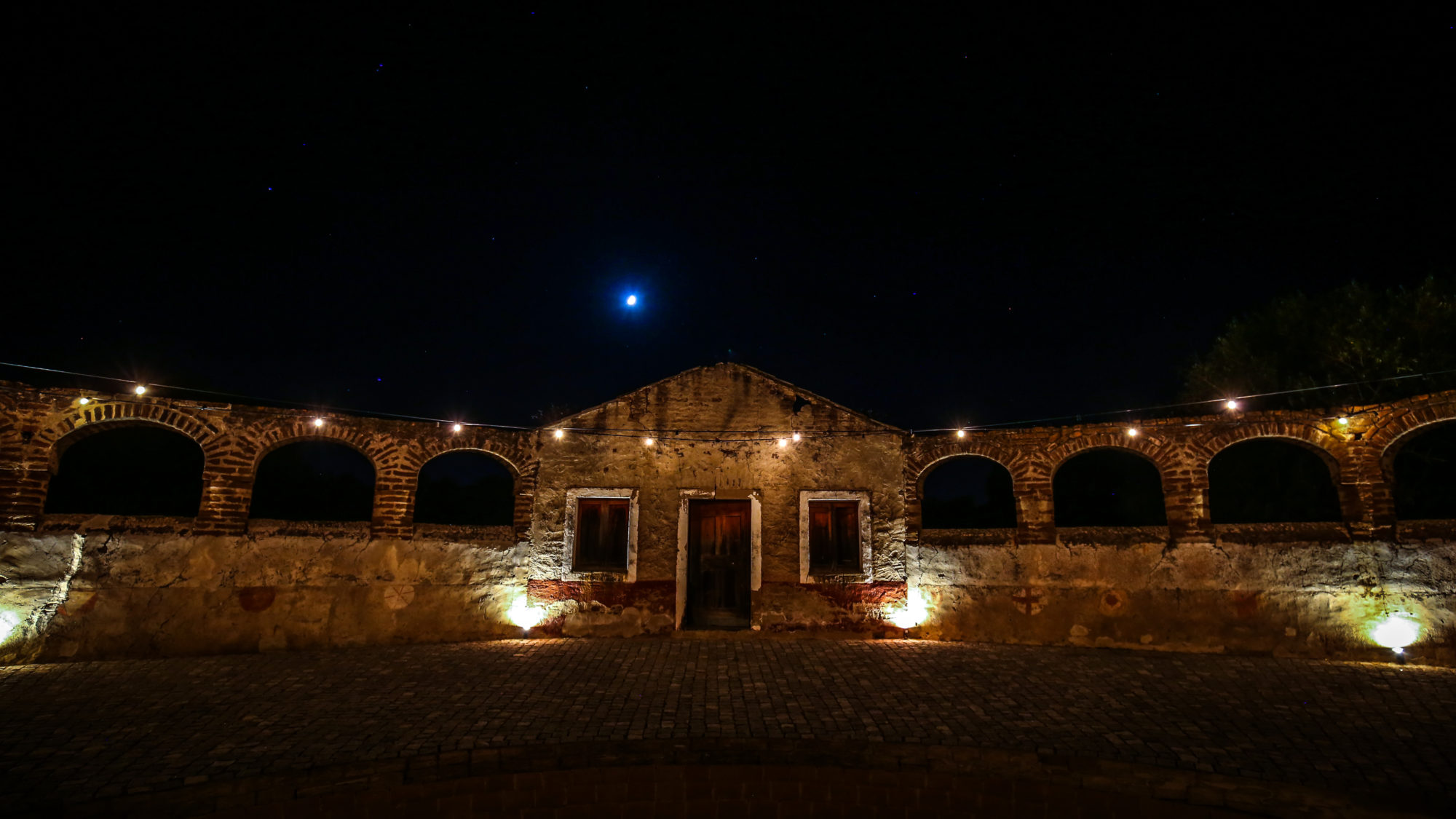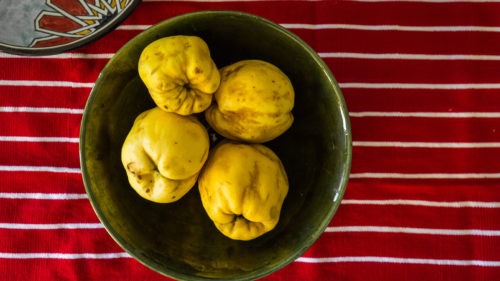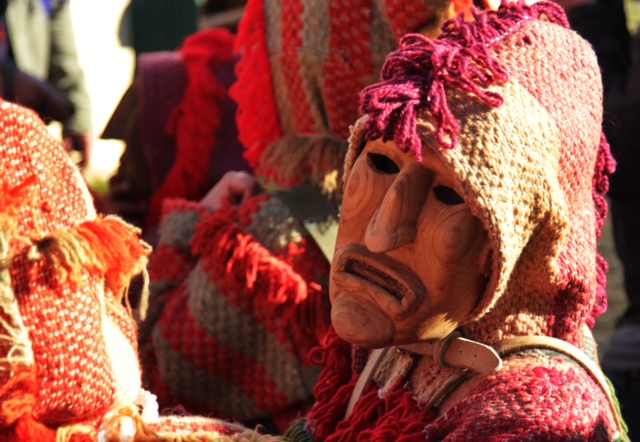May The Cork Be With You
Olive oil, wine, and cork. Lots of cork. I know of few places whose story can be so thoroughly woven together by and distilled down to such spare components. Portugal’s Alentejo region is these things and more. But trying to describe this region beyond these finite products is for me a futile exercise. As with any great travel region, a place like Alentejo matters less for what there is to consume there than how it makes you feel, and if you’re lucky, the kind of people you meet along the way.
Circumstance kept me away from Portugal for a year and a half, and a bit of spontaneous planning and luck allowed me to get back this fall. Of all the places I could’ve chosen, the place I kept thinking of, bouncing off the walls during lockdown, and where I first wanted to land my feet again, was the Alentejo. The Alentejo shares similarities with the Extremadura region of neighbouring Spain, and it’s easy to slide into comparisons and even write the Alentejo off as backwater to Spain’s back country. But something happens, the air changes, there’s a noticeable difference in the quality of light, when crossing over from Spain to the empty quarters of Portugal’s Alentejo. You leave a Mediterranean country and enter the Atlantic.
Here you find similar groves of old growth cork forests, but here they shimmer with moss and lichens accumulated over centuries. Drive long enough through the vast expanses of countryside and cork gives way to native olive groves, sporting varieties such as Galega, Verdeal and Cobrançosa. As with many places in the developed world, intensive farming and agro-corporations are taking over from smaller family plots, but I chance to stop in and meet João Rosado at his farm, inherited from his grandfather, who harvests and produces in the old-fashioned way, with a spare collection of olive trees that are generations old. In our conversation on his olive grove, João motions to one striking olive tree in particular, split into several interconnecting trunks and gnarled branches, telling me the tree is dated to nearly 2,000 years old. He says he could tear up some of his older trees, plant trees with drip irrigation systems for higher yields and more profitable harvests, but he can’t bring himself to do so, and that he prefers quality over quantity.
Over several days driving around the vicinity of Evora, Alentejo’s largest city (at a mere 50,000 people), we visited stately vineyards on old Quinta estates that recall the times not that long ago when kings ruled here, as well as newer players to Alentejo’s wine scene such as António Maçanitas of Fitapreta. Part of a trend taking hold in Alentejo, where savoir faire accumulated by the next generation of ecologists who apprenticed abroad, now coax increasingly higher quality reds and whites from local Trincadeira, Antão Vaz, Alfrocheiro Preto, or Touriga Nacional grapes, blended with more French styles such as Syrah or Cabernet Sauvignon. Maçanitas related to me that his apprenticeships in France as well as in Napa California were his inspirations in developing the character of the Fitapreta wines. His hands stained by grape musts, he excuses himself to get back to his harvest, as I continue on to visit the shell of a former church on his palatial property were he keeps his oak casks, before observing his fermentation room. Modernity sits alongside tradition in the Alentejo, so I find stainless steel vats alongside a small collection of enormous earthenware jugs (called talhas). They are experimenting with a few harvests to store the wine in the talhas, just the way the Romans did.
Leaving Fitapreta to head back to our hotel we come across trucks pulling into some local depots, hauling the bark of the cork tree, carefully removed by hand with axes and done in such a way as to make sure to only collect the bottom half, which will completely grow back in ten years. Everywhere you travel in the Alentejo the striking feature is the ochre orange colour of recently stripped oak trees, some of which are painted with a “1” to remind the farmer the year the tree was last harvested.
We leave the main road from Evora towards Lisbon in the late afternoon, and at the parish of Guadalupe we turn off down dusty tracks for several km before crossing a few family-owned ranches, coming to an ephemeral cork oak grove. The sun shimmers through leaves and a gentle wind blows through a scene that appears unchanged for thousands of years, with an assembly of egg-shaped stone menhirs scattered down the hillside, on a slope that looks towards Evora and the temple of Diana and beyond. A theory behind the rocks and their assembly here is that they indicate some celestial map to track the night sky or to mark the solstices. The breathless moment, what I’d also call my Stanley Kubrick moment of the outing, was hiking in to find the solitary Alemendres monolith just as the full moon began its journey across the evening sky.
Traveling today through the expansive landscapes of Alentejo, one is struck by its primordial beauty. Sure modernity, has crept in – but it’s still amazing that in a country of 11 million people and a surface area roughly the size of the state of Indiana, the entire population density of the Alentejo, Portugal’s largest province, is barely 20 people per square km, roughly on par with Colorado.
There was a time when the best outcome for a distinguished Roman general was a luxurious retirement on a farm estate in the Alentejo. It’s easy to see why this was for many an Elysium on Earth, the land beyond the Pillars of Hercules and the known world. Bold wines and pungent olive oils are being sought by a new generation of traveler that has awoken to Alentejo’s low key but arresting atmosphere and handful of truly wonderful luxury hotels. On any visit to Portugal once the crowds of Lisbon or Porto start to get to you, this is where you need to head.
Sebastian’s Jedi planning skills are applied to thought provoking Portugal trips, should you ever be curious to find out more.
